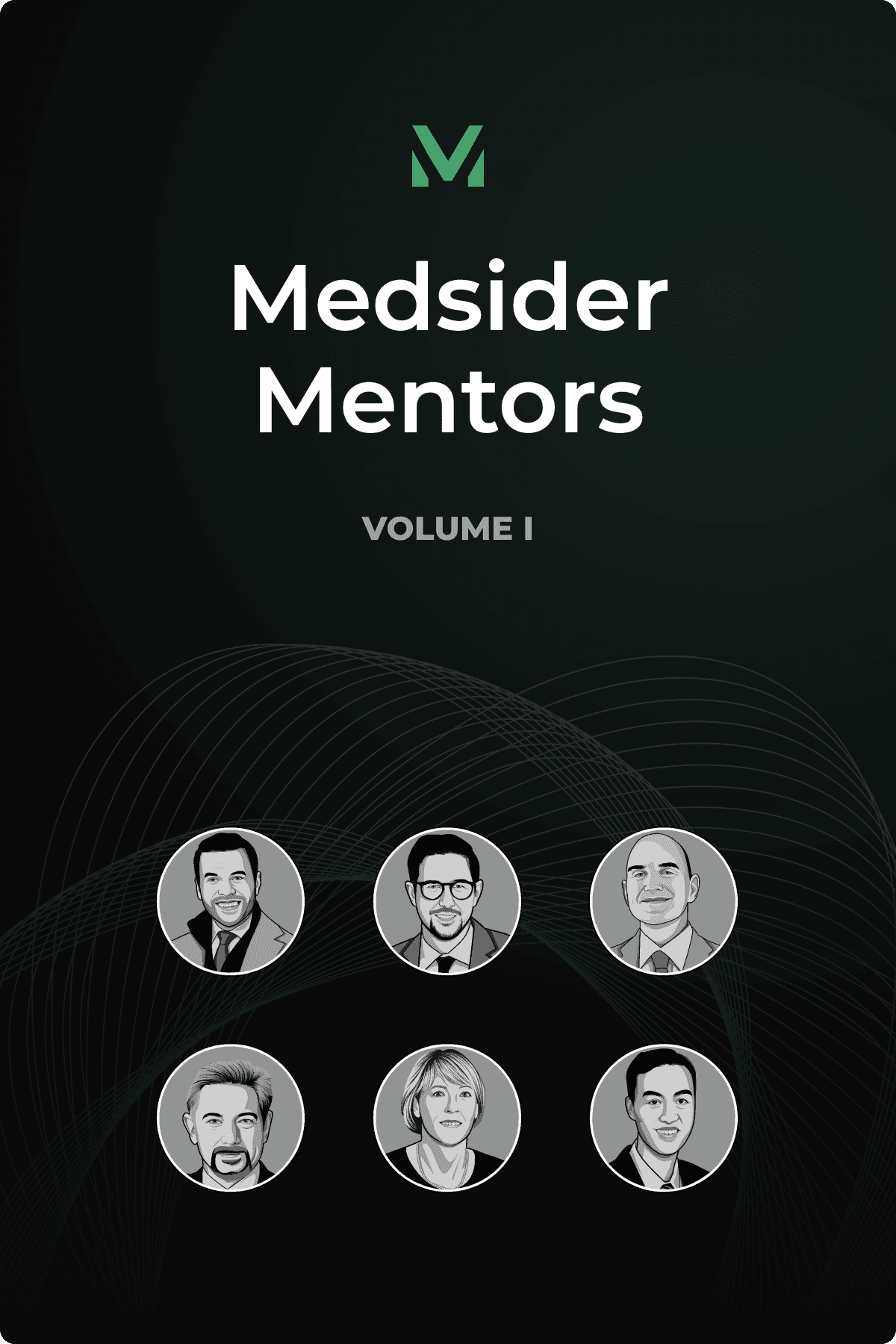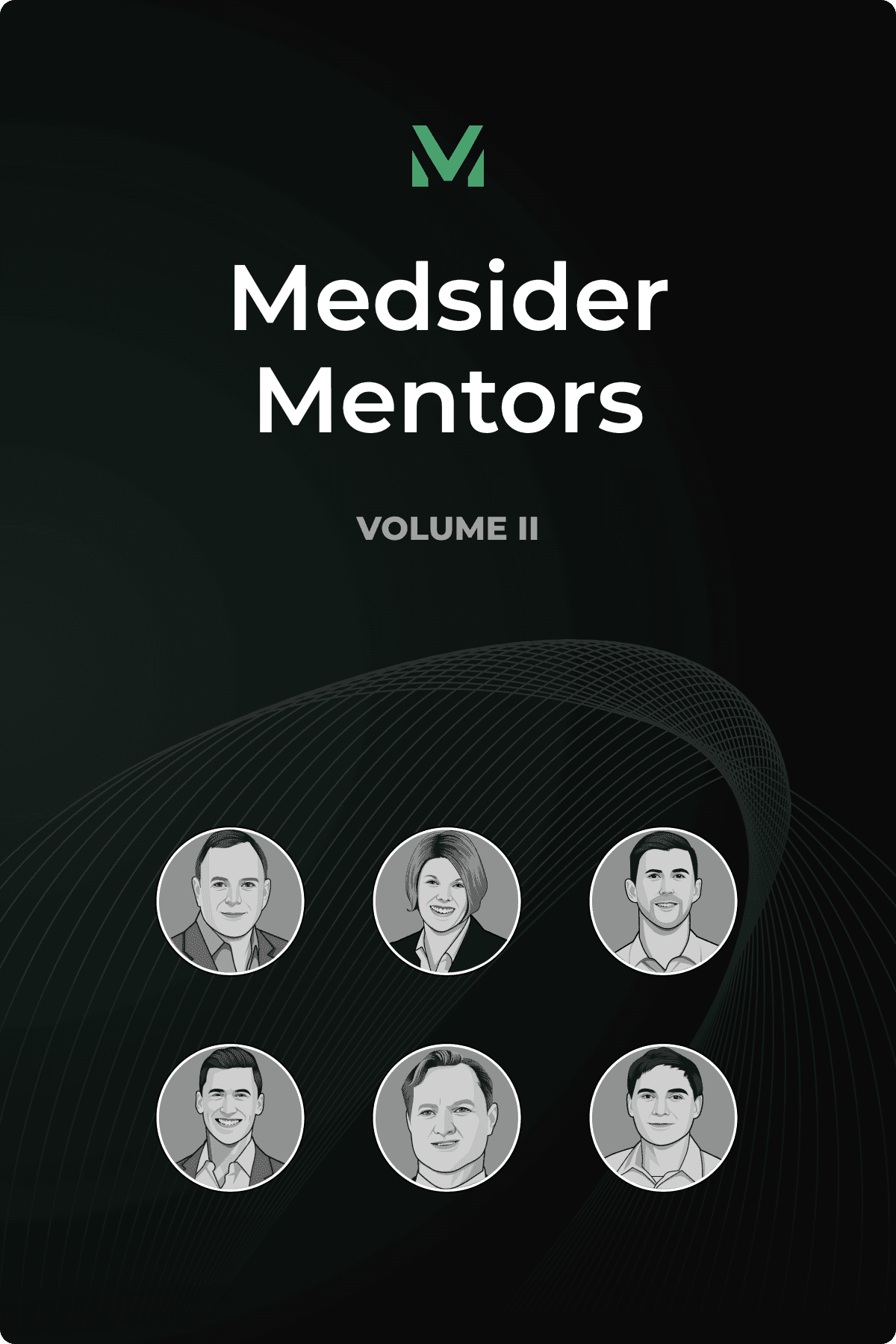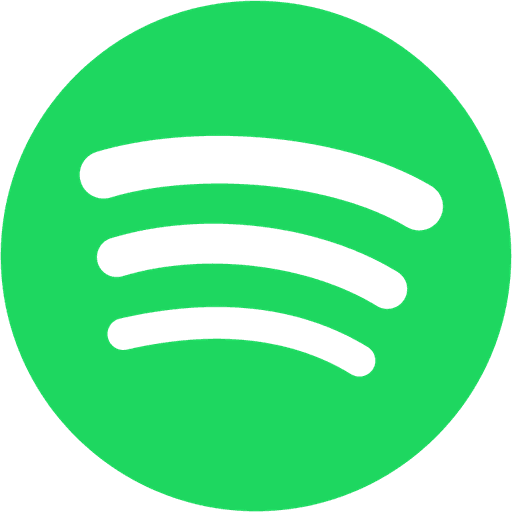Nothing Matters as Much as Execution and Iteration
Interview with Wyndly CEO Aakash Shah

Key Learnings From Aakash's Experience
Focus on streamlining healthcare processes while adhering to changing consumer behavior. Digital health is a ripe market where you can provide convenient, accessible solutions that align with modern consumer demands, and reduce barriers, be it financial, geographical, or logistical.
Experiment constantly and learn by doing. Practical experience is invaluable; the nuances of any endeavor, including business, are best understood on the fly rather than through theory alone.
Craft a simple, straightforward pitch to convey what you're doing and why it matters to your customers and investors. Don’t use technical jargon; it’s often confusing for your audience. Continuously refine your narrative based on your experience with how it lands. Storytelling is a skill that can be learned and it is vital for a CEO to attract customers, inspire a team, and persuade investors.
Like many engineers who saw the ‘Social Network’ as a student, Aakash Shah was always interested in leveraging his technical background to start his own business. Inspired by his family's medical background, Aakash saw an opportunity to apply his engineering skills to the healthcare industry.
Teaming up with his cousin and ENT specialist Dr. Manan Shah—who would later become his co-founder— Aakash’s first endeavor in the field was digitizing Dr. Shah's practice. In doing so, they quickly realized there was a huge demand for remote consulting. Capitalizing on that customer demand, they turned part of Dr. Shah's practice into a more consumer-facing telehealth model. This is one part of Wyndly’s story.
Working closely with an ENT specialist, Aakash also realized that—as a lifelong allergy sufferer who had been stuck in a cycle of antihistamines and allergy shots with little relief—the traditional way allergies are treated is just symptomatic and doesn't get to the root of the problem. He says, “There's no better way to spark innovation than realizing you can't breathe due to severe allergies, struggling for many months, and jumping through countless hoops to find a solution. You think, ‘There has to be a better way, and I'm going to build it.’”
Today, he’s the co-founder and CEO of Wyndly, dedicated to giving people a life without allergies. The company offers personalized, at-home sublingual immunotherapy—a treatment called oral allergy drop immunotherapy. Their three-step process goes like this: Patients buy a Wyndly at-home allergy test online. After completing the test, they virtually connect with a Wyndly doctor to discuss the results. Then, they receive a personalized treatment plan that offers the same clinically-proven benefits as traditional allergy shots.
Traditionally, the treatment is to go to an office to get allergy shots. “That's just a limitation on so many people's lives. Five years in one place is not the stability that many people have. I think the average time people are staying at their jobs is three years. So if you're using insurance, the timeline of your treatment doesn't even fit how long you're on insurance, and then you're going to have to bail on the treatment after a few years,” Aakash explains. By eliminating the need for frequent in-person visits and offering unlimited doctor time via telehealth, the company makes allergy relief more easily accessible.
Today, Wyndly is up and running across all 50 states in America. Looking ahead, Aakash is excited about expanding Wyndly's treatment scope to move past just pollen, pets, and dust to include food allergies, which affect millions of people across the globe.
You May Like These Articles
Medsider Premium
Become a premium member and unlock access to exclusive Medsider benefits.



